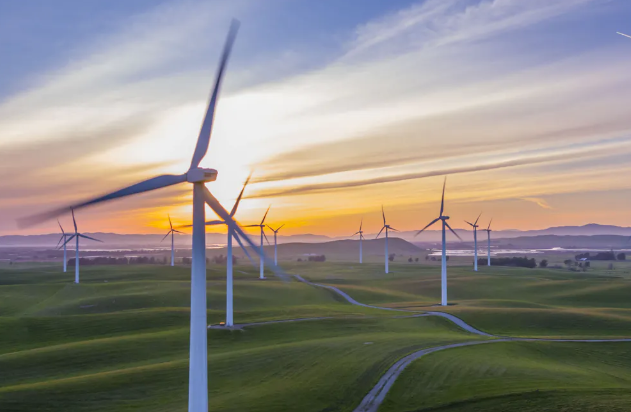Wind energy is set to grow 9-times current levels, and supply over a third of the world’s electricity demand, according to a new study by KPMG.

The report, commissioned by Siemens Gamesa, says that wind power will offset 5.6 billion tonnes of CO2, equal to the annual emissions of the world’s 80 most-polluting cities, by 2050.
The socioeconomic impacts of wind energy in the context of the energy transition highlights the wider benefits wind can offer the general health of the world’s populations, including saving a potential four million lives a year through reduced air pollution, which would cut healthcare costs globally by as much as $3.2 trillion a year.
The report, which also drew on data from the International Energy Agency, International Renewable Energy Agency and Intergovernmental Panel on Climate Change projections, further notes that 40% of the world's population is affected by water scarcity, and wind will, by 2030, will help save up to 1.57 billion m³ of water per year, which is currently used in fossil fuel power generation.
“The energy transition is essential to achieving the UN’s 2030 Agenda for Sustainable Development. Universal and affordable access to electricity will empower millions of people around the world and their communities to enjoy a better life. But avoid the worst impacts of climate change, energy will have to be carbon-free,” said Siemens Gamesa CEO Markus Tacke.
“In this context, renewable energy has a major role to play in putting the world on a sustainable path as it will cut emissions, improve air quality, save water, create good-paying jobs and save lives.
“Wind power is ideally positioned to lead that transition, as it is at the cutting edge of technological innovation, driving costs down and market penetration up. In recent years wind energy has become cost-competitive with fossil fuels. That’s due to new manufacturing methods and bigger, better, more efficient turbines,” said Tacke.
Related Stories:
-Final turbine installed at world’s largest wind farm
-New coalition to steer the future of California’s offshore wind
-Ministry confident India will meet RE target, despite concerns
“But even if the sector is ready for the challenge, more needs to be done to replace fossil fuels while ensuring a stable electricity supply.”
Michael Hayes, global renewables lead at KPMG, noted that renewables such as wind energy had been “embraced” by the investment community as a “highly attractive asset class” current government policies mean that “there are not enough investment-ready renewable projects to satisfy what has become an insatiable demand from investors globally.”
“To address this investment mismatch, it is critical that governments continue to introduce favourable policies, particularly in emerging economies. The investment community will respond in kind if policy certainty and stability can be achieved,” said Hayes, adding that this extended beyond regulatory frameworks into “availability of grid, land ownership, and bankable PPAs [power production agreements].”